Sony a7 III review – in pictures
A formidable and affordable entry into full-frame
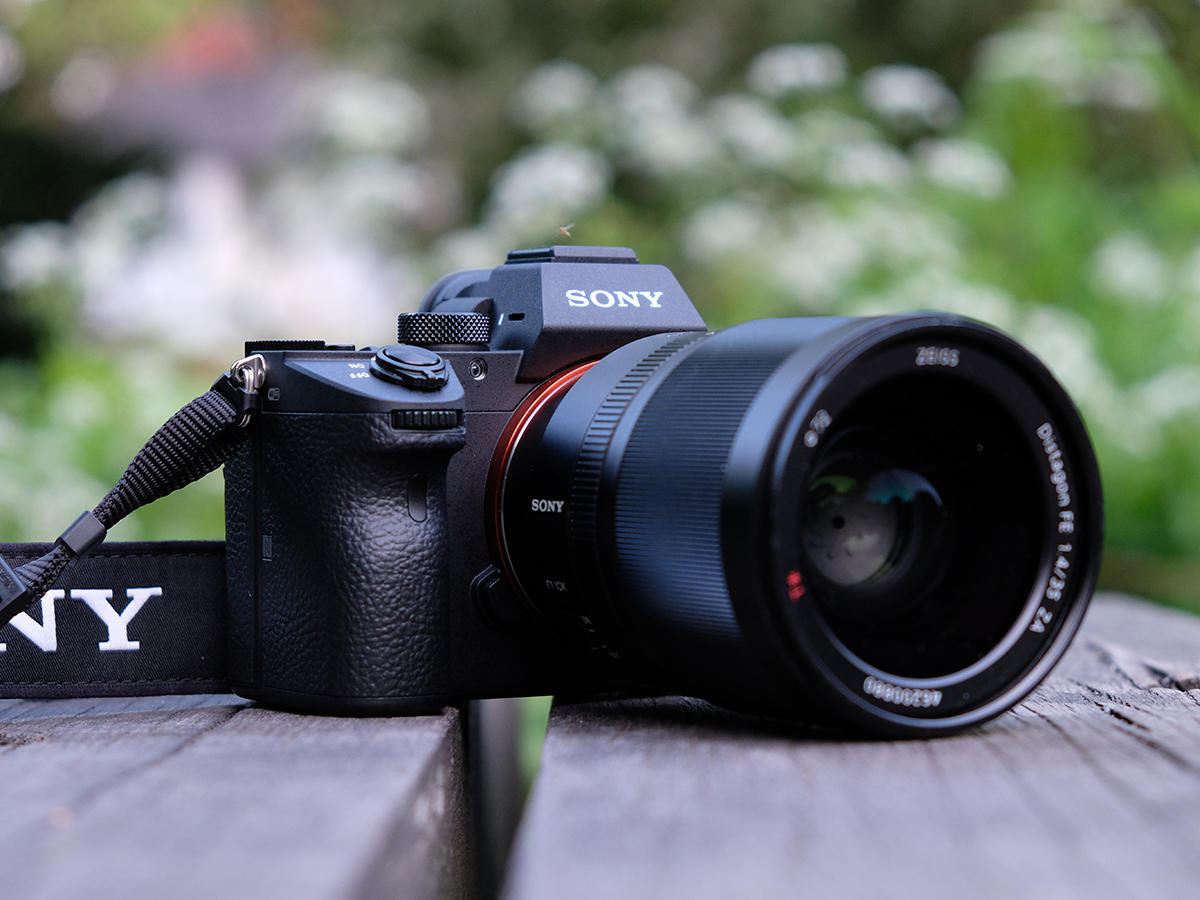
NEW WAVE
The war against DSLRs got just a little bit more serious with the introduction of the A7 III. Right at the front of the battle lines, the A7 III is an affordable entry into full-frame, giving you a surprising amount of bang for your buck. There’s every possibility that when we look back at what finally killed off the DSLR (at least for the masses), that we’ll be able to draw the line right back to the A7 III. You get a full-frame 24.2-megapixel sensor, a super-whizzy Bionz X processor, 10fps shooting, a hybrid autofocusing system, a 2.3 million dot EVF and a 3-inch 922k-dot tilting LCD touchscreen. Plus there’s the ability to record video in 4K. Whew – in short, that’s a heck of a lot of features for less than £2,000 ($2,000). By contrast, Canon’s “entry-level” DSLR, the 6D Mark II costs a little more, but offers considerably fewer features.
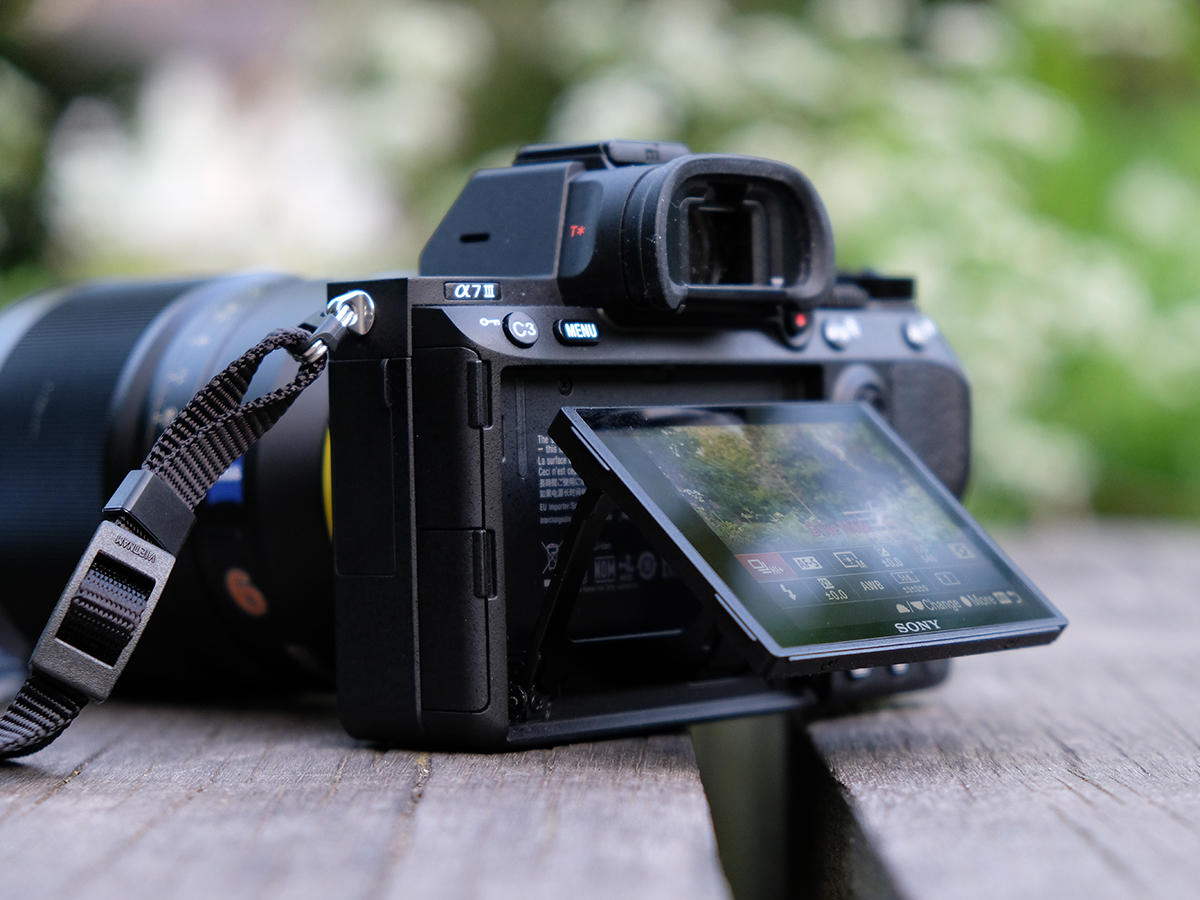
DOWNSIZING
One of the key benefits of going for a mirrorless camera when compared to its DSLR brethren is the size and weight reduction. That’s very true of the A7 III, which has a rather diminutive body. Generally speaking however, you don’t get too much of a reduction in lens size – the 24-70mm f/2.8 G Master Lens we’ve been using it with is roughly comparable to something similar from Nikon and Canon. Speaking of little, some of the buttons on the camera are perhaps just a tad too small – anyone with larger hands may wish to give this some consideration. That said, there’s a smattering of very useful dials and buttons, as well as a joystick which you can use to move the focus point around the screen (if you’re not doing it by touch, that is).

BORN GRIPPY
Despite its small size, there’s a reasonably chunky grip which makes the camera feel pretty comfortable in your hand. The A7 III can be a little unbalanced if you’re using it with some of Sony’s larger or telephoto lenses – be prepared to bring a second hand in to steady things up a bit. There’s a touch-sensitive screen which can be used to set the autofocus point, but sadly, you’re not able to use it to select menu or quick menu settings, which is a bit of a shame. On the plus side, the screen tilts downwards and upwards. That may not be as flexible as a fully articulating screen, but it’s very handy for quickly composing awkward shots.
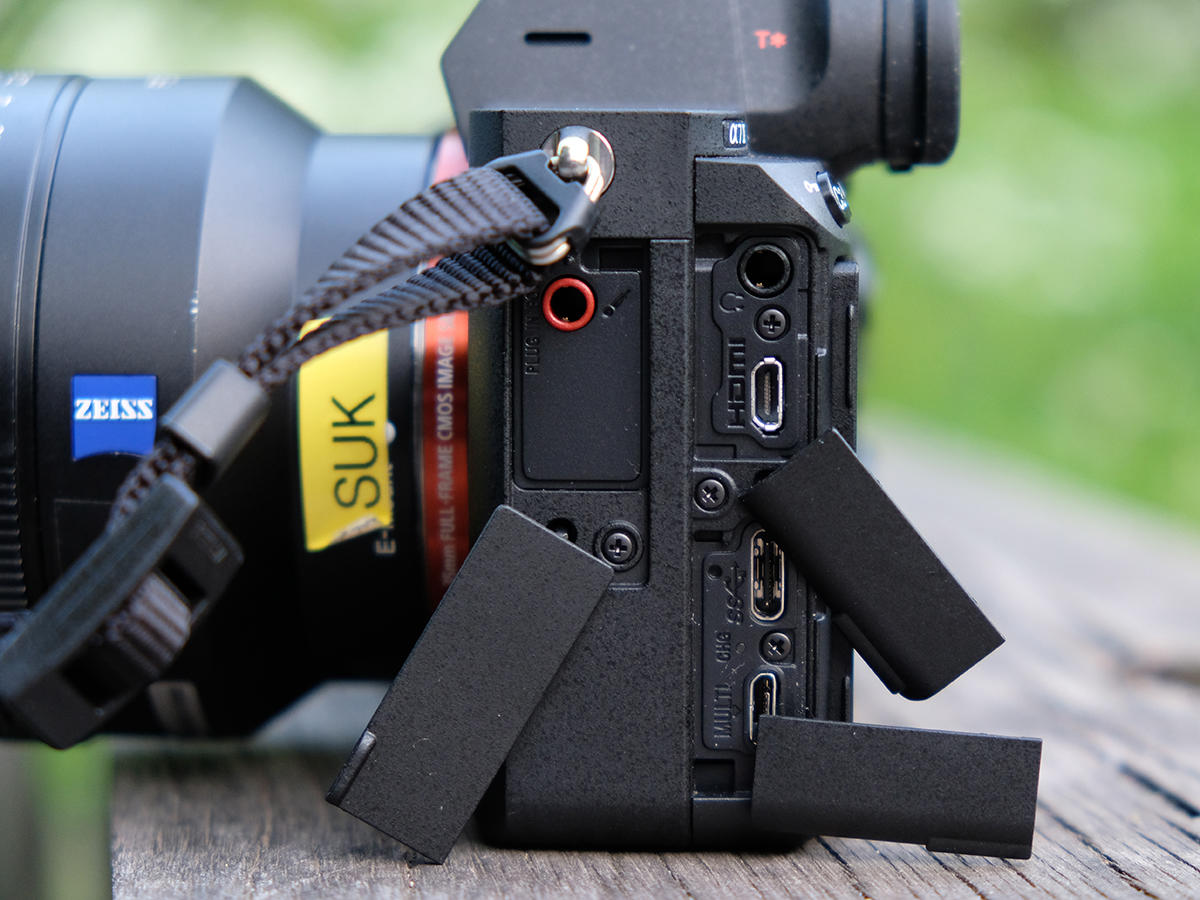
NEW TRICKS
So, what are these quality features that make the Sony a7 III stand out? First up is the brand new sensor – giving you 24.2 megapixels of goodness, which benefits from back illumination and is an extremely capable performer (see more in the image quality section). The sensor works in combination with a Bionz X processor, plus an LSI that you’ll also find in some of Sony’s more expensive cameras. The key result of which is the ability to shoot at 10fps – with an impressive buffer of 177 JPEGs, or 89 compressed raw files before it needs a breather. Shooting at 10fps should give you more than enough speed to work with for the majority of situations. In practice, we’ve found it very capable of keeping up with reasonably predictable moving subjects – my dog, in this case.
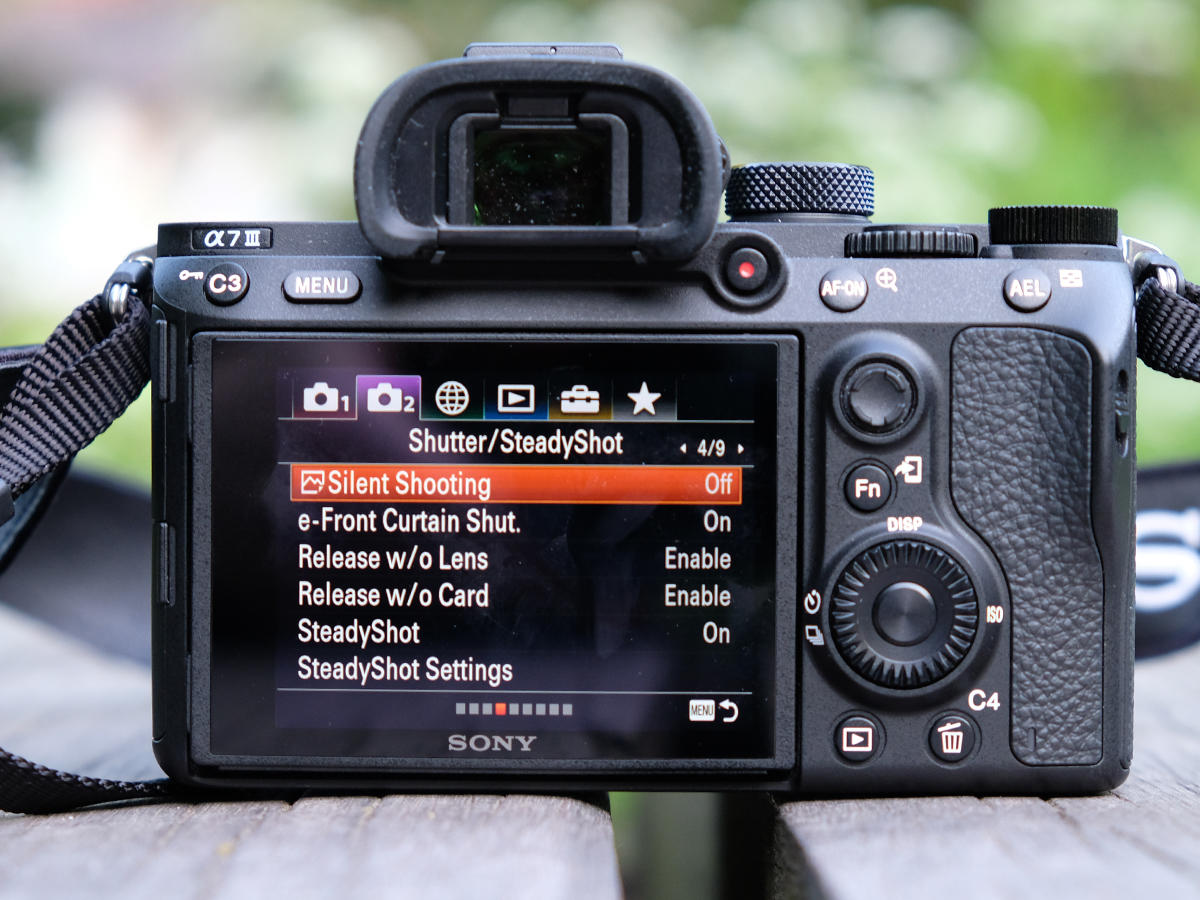
HYBRID SNAPPER
The autofocusing system we’ve got here is a hybrid system which gives you 93% coverage across the frame – way more than you’ll get from an equivalent DSLR. The A9’s autofocusing systems make their way onto the much cheaper A7 III too, including the ability to focus in very dark conditions, and excellent tracking capabilities. 4K is pretty much a norm nowadays, of course, so it comes as not a huge surprise that the A7 III has it, with the ability to record in camera an improvement from its predecessor. Videographers see a lot of functions aimed at them here, including clean HDMI output, zebras, a microphone and headphone socket. Meanwhile, battery life may not yet quite touch on the capabilities of some of the DSLRs on the market, but it’s now a very respectable 710 shots / 610 which is likely to see most people through a full day’s shooting.

FLYING COLOURS
Colours are excellent, with a satisfying level of vibrancy that doesn’t veer dangerously into over-saturation. It also keeps things accurate in a variety of lighting conditions, with excellent colour rendition under artificial light, or overcast skies. When it comes to noise, the A7 III is a better performer than its predecessor, helped along by the backside illumination to the new sensor. You can see some semblance of noise when looking at raw files from ISO 3200 onwards, while noise-reduction applied to JPEG files at this level appear clean but lose a little fine detail. You’ll probably find you want to stick to ISO 25600 or below when the light is low, so while super high ISO speeds up to 204,800 are available, unless you’re trying to do some covert surveillance operations, you’re probably better off steering well clear.
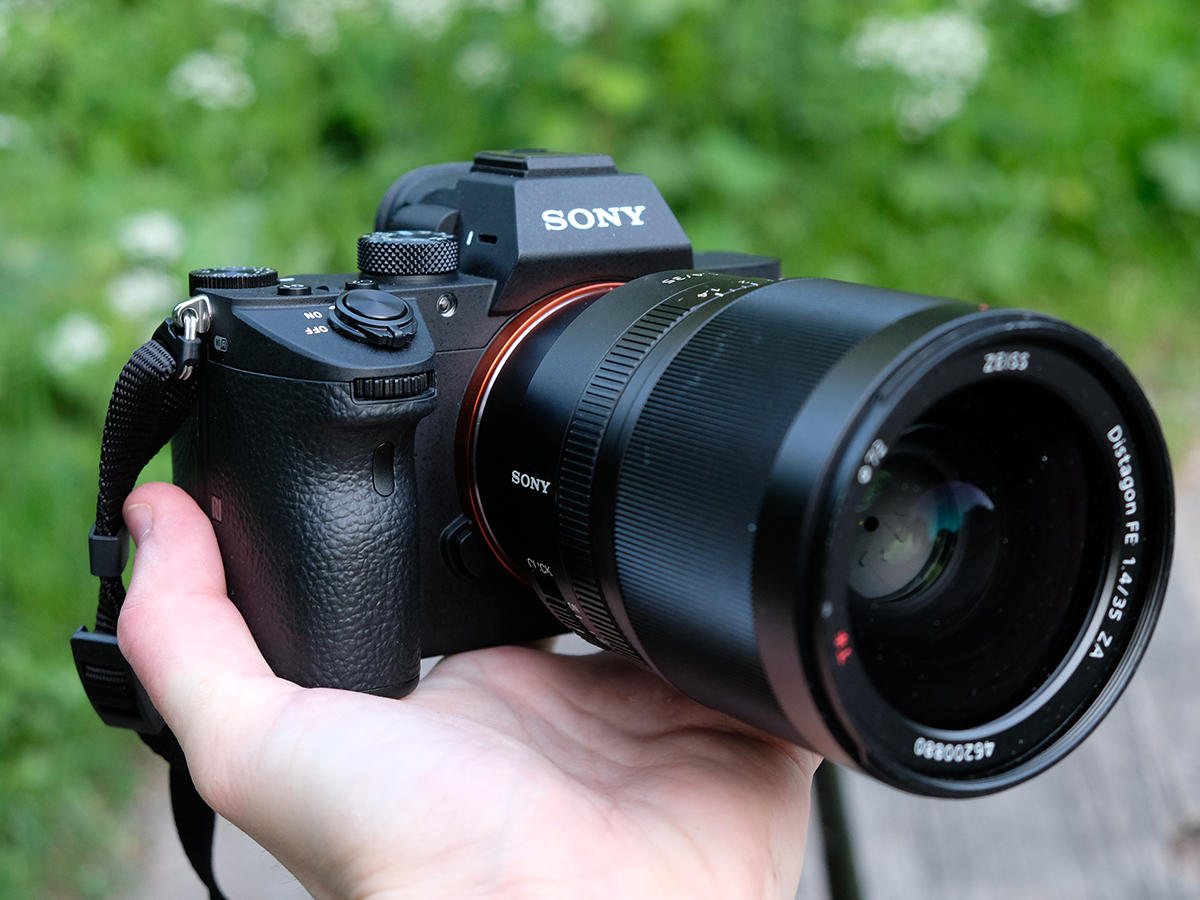
WHAT’S THE VERDICT?
The A7 III manages to pull off a lot of technology and desirability in a body which costs less than £2000 ($2,000) – an excellent price point for dedicated enthusiasts. Here we’ve got a fantastic all-rounder which is well-suited to a bunch of different shooting scenarios. It copes well with landscapes, portraits, and even a little bit of sports shooting. The camera design is probably not the prettiest thing we’ve ever seen, but it handles fairly well for the small size, and that little bit of weight reduction may be a welcome relief for many. This could well be the camera to really kill off “enthusiast” level full-frame DSLRs altogether – or at least seriously injure the beast.


